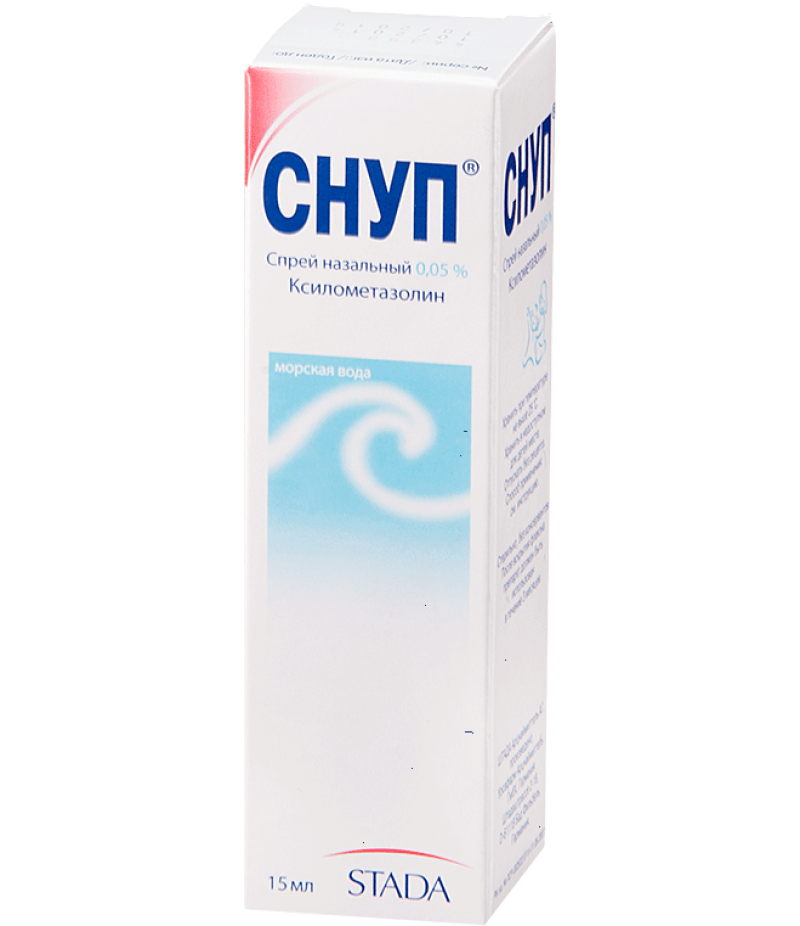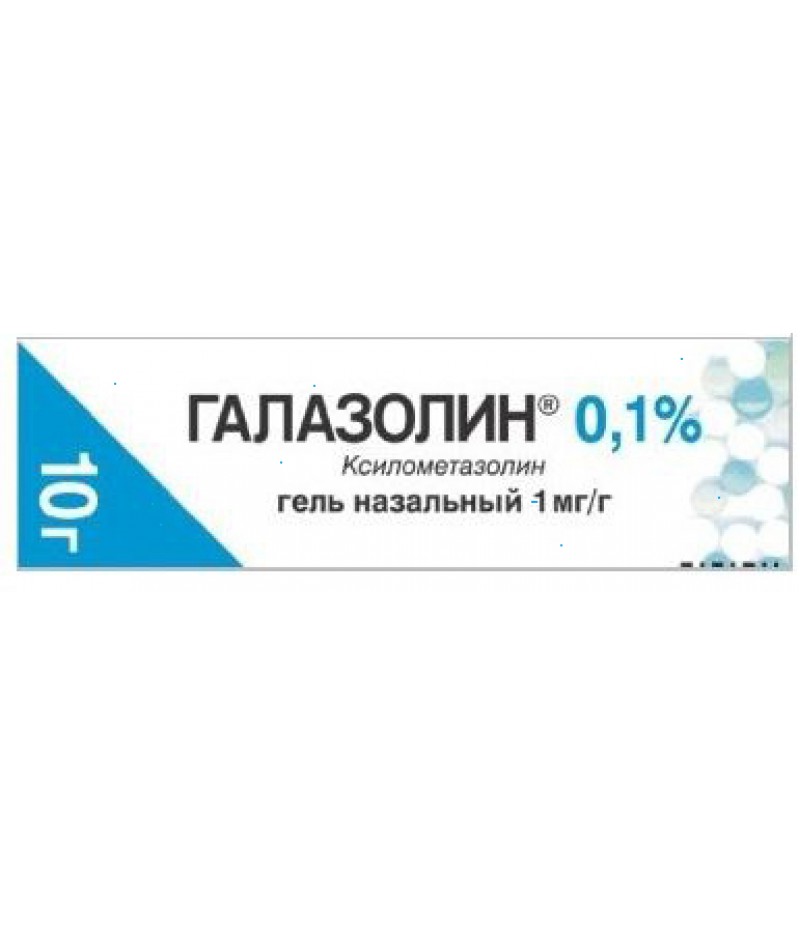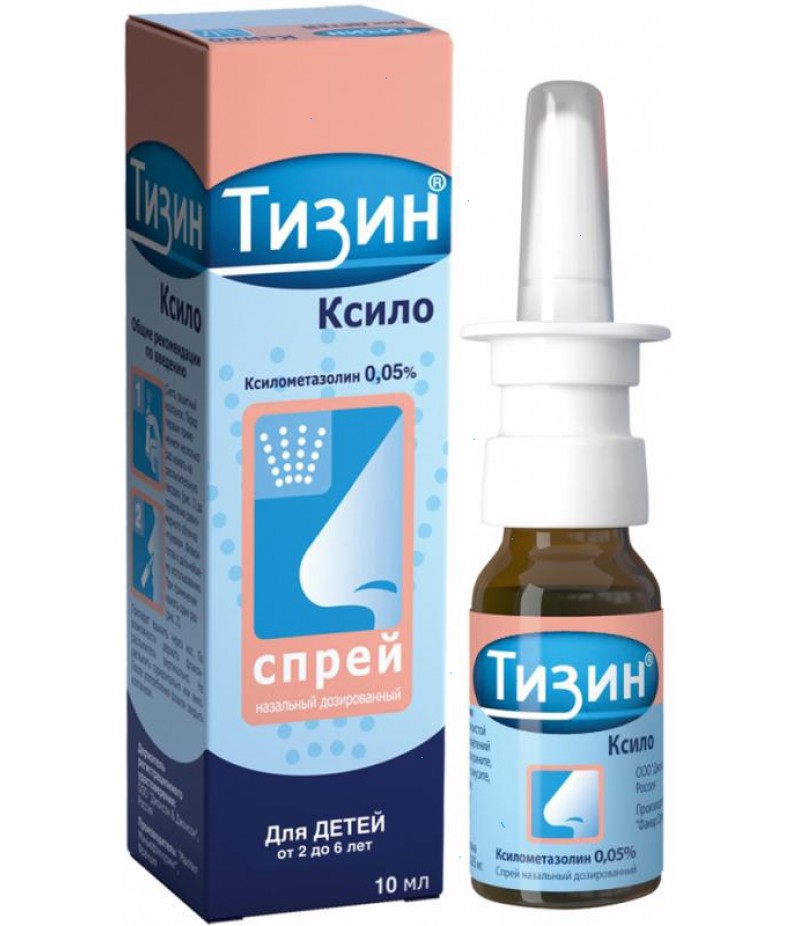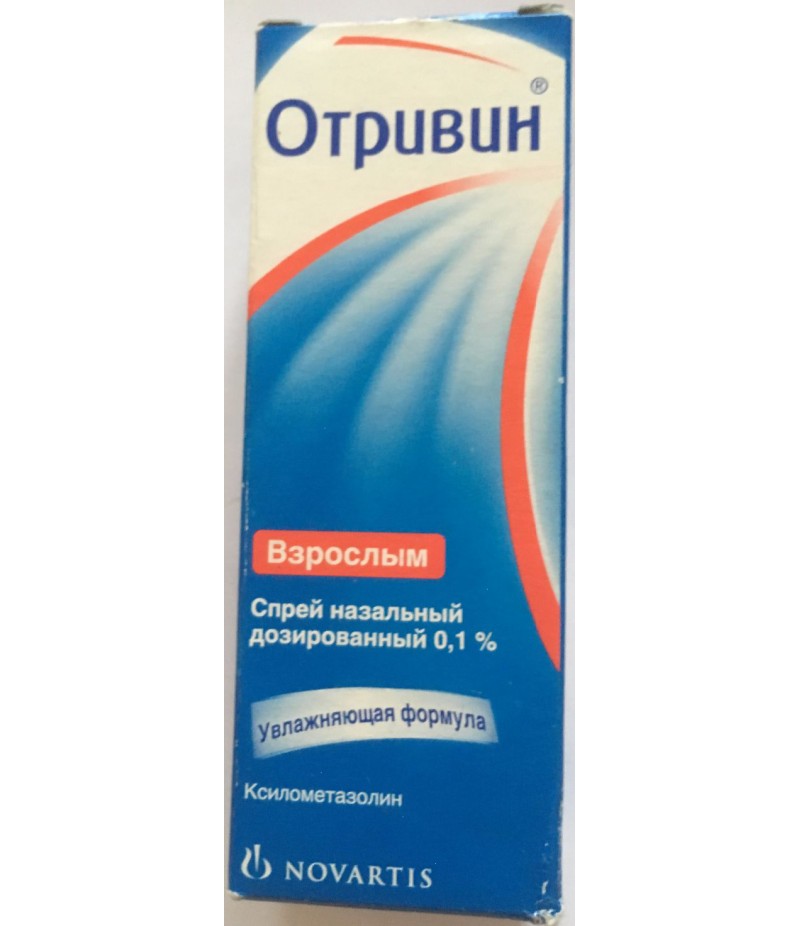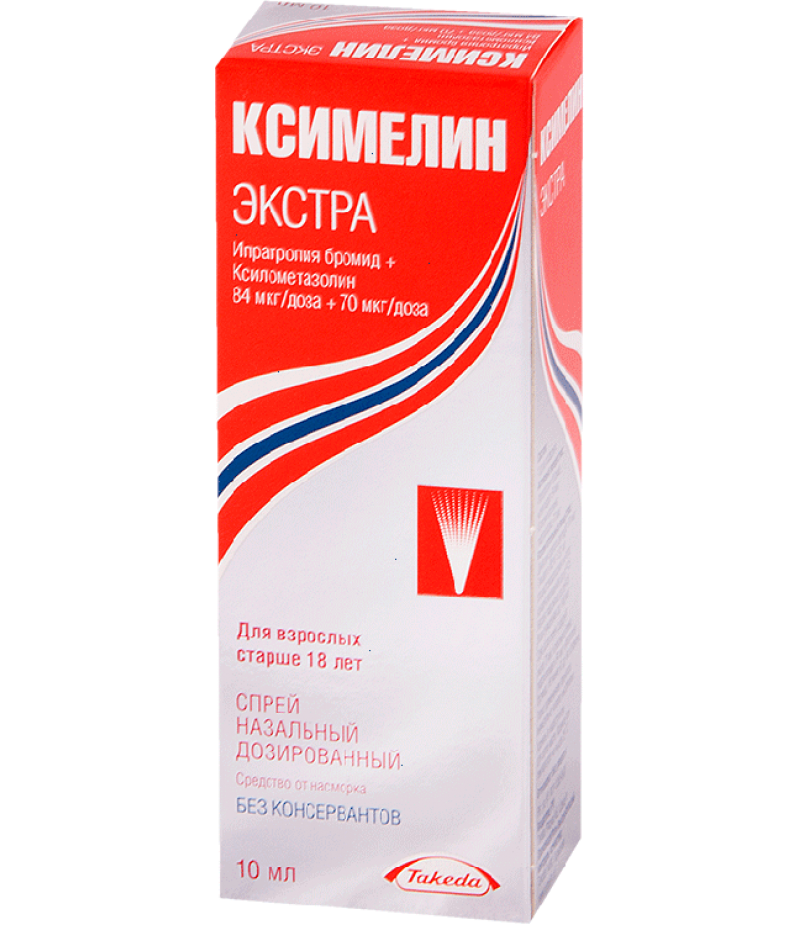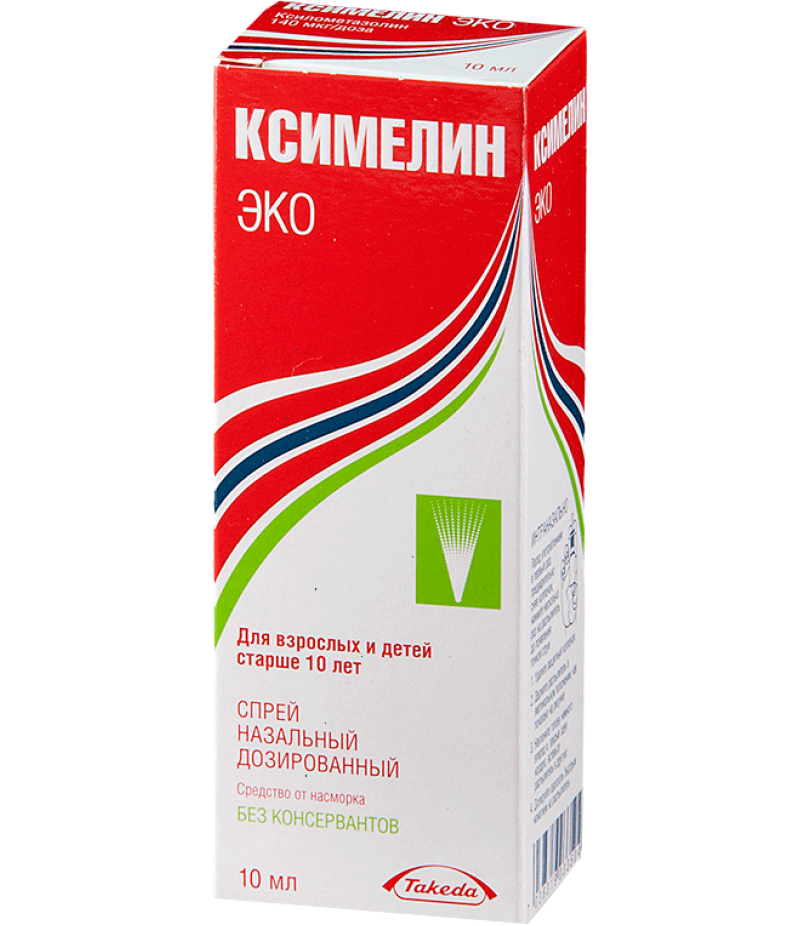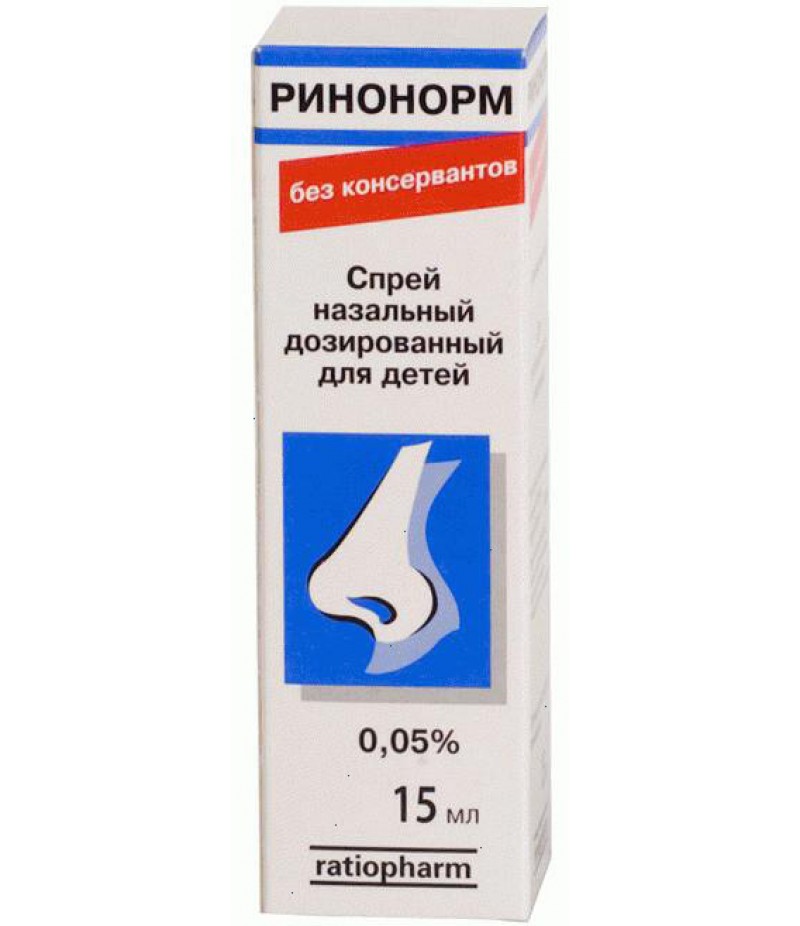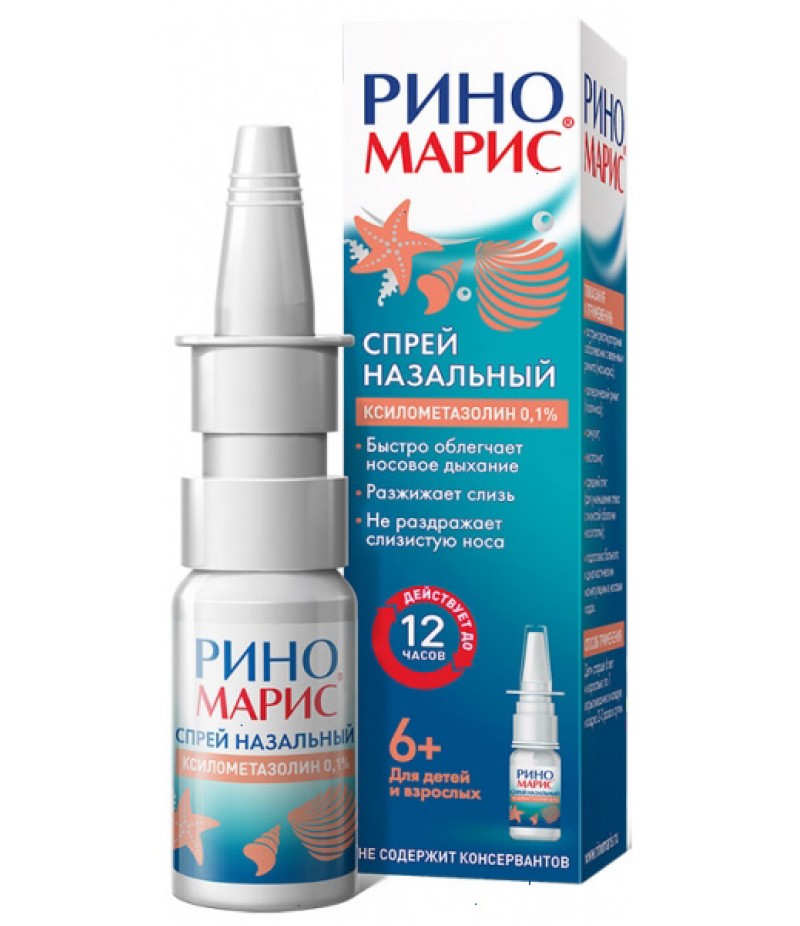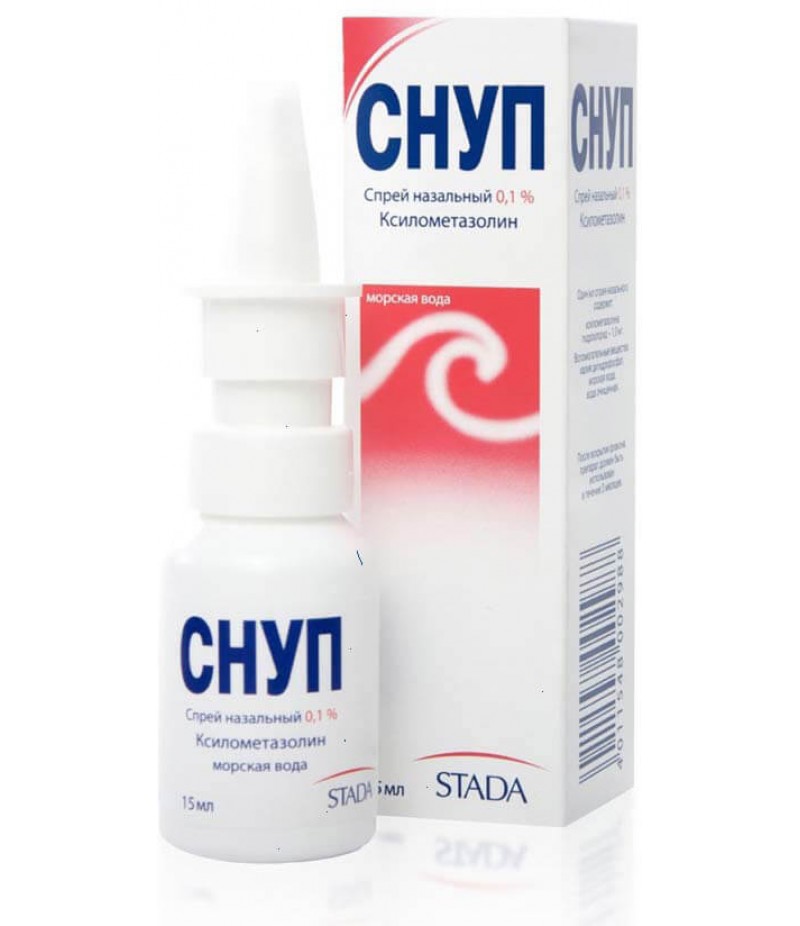Snup spray 0.05% 15ml
- $8.13
- 3 or more $7.99
- Availability:In Stock
User manual for SnupYou can buy Snup spray hereComposition1 ml of the solution contains 0.5 (or 1.0) mg of xylometazoline hydrochloride. Auxiliary components: potassium dihydrogenphosphate, sea water, purified water.Form of issueA..
Tags: spray
User manual for Snup
You can buy Snup spray here
Composition
1 ml of the solution contains 0.5 (or 1.0) mg of xylometazoline hydrochloride. Auxiliary components: potassium dihydrogenphosphate, sea water, purified water.
Form of issue
A clear solution is available in polyethylene bottles with a special spray valve. The volume of 15 ml is calculated for 150 doses. Each pack of cardboard contains 1 bottle with the attached instruction from the manufacturer. Child Snup is available as a colorless concentration solution of 0.05%.
pharmachologic effect
The drug is applied intranasally and has a pronounced vasoconstrictor effect. The active component refers to alpha-adrenomimetics, which have a stimulating effect on alpha-adrenergic receptors in the smooth muscle layer of the vascular wall. This mechanism of action provides a narrowing of the lumen of the vessels, a decrease in the expression of edema and hyperemia of the mucosa, a decrease in rhinorrhea. Drops Snup in the nose allow in a short time to stop the unpleasant symptomatology of rhinitis of different genesis. Xylometazoline facilitates nasal breathing.
Pharmacodynamics and pharmacokinetics
Modern analytical methods do not allow to determine the total concentration of the active substance in the blood, t. The active ingredient is practically not absorbed into the systemic blood stream when applied topically. The therapeutic effect is registered after a few minutes after application and remains for several hours.
Indications for use
Spray Snup is actively used in ENT-practice for relief of negative symptoms when:
Pollinosis;
allergic rhinitis (acute form);
ORZ with symptomatic rhinitis;
eustachite;
sinusitis;
average otitis (to reduce puffiness in combination therapy).
The drug can be prescribed before such a diagnostic manipulation as a rhinoscopy, to facilitate the procedure, improve the patency of the nasal passages.
Contraindications
severe atherosclerosis;
cardiopalmus;
individual hypersensitivity;
arterial hypertension;
atrophic rhinitis;
glaucoma;
bearing pregnancy;
thyrotoxicosis;
carrying out in the anamnesis of specialized surgical interventions on the membranes of the brain.
0.1% solution is not used in pediatric practice in children under 6 years old, 0.05% - up to 2 years.
Relative contraindications (appointment with caution):
diabetes;
hyperplasia of the prostate;
breast-feeding;
angina (ischemia of the heart muscle).
Side effects
Nervous system:
sleep disorders;
migraine headache;
depressed mood;
impaired visual perception;
dizziness.
Respiratory system:
edema of the nasal mucosa;
hypersecretion;
dryness of the mucosa;
irritation in the field of application.
The cardiovascular system:
cardiopalmus;
lifting of blood pressure;
rhythm disturbances, arrhythmias.
Rarely, vomiting and discomfort in the epigastric region are observed. When registering other negative reactions, it is recommended that a specialist be helped, an independent drug cancellation Spray Snup.
Instructions for use (Method and dosage)
The medication is administered intranasally. Instructions for use Snup: Before using for the first time, press several times on the spray gun to ensure proper dispensing. Nasal Spray can be used only after cleaning the nasal passages from crusts and mucus. Nasal droplets for adult concentrations of 0.1% are sprayed three times a day in each nasal passage. The required time interval between sprays is 6 hours. Duration of treatment 3-7 days. Long-term therapy can lead to mucosal wall atrophy, dose-dependence, loss of efficacy. For children, a special concentration solution of 0.05% is produced. Children's Snup is applied 1 time per day, 1 spraying in each nasal passage (actual for children 2-6 years old).
Overdose
Overestimated doses can lead to serious disorders in the functioning of the cardiac system (tachycardia, hypertension). Long-term treatment with high doses causes vomiting, paresthesia, dry mucous membranes, irritation of the walls of the nose, visual impairment, insomnia. Chronic overdose is characterized by a depressive state. A specific antidote has not yet been developed. It is recommended posidrome therapy, supervision of specialists.
Interaction
Tricyclic antidepressants and drugs that inhibit monoamine oxidase can not be used together with the drug.
Terms of sale
You can buy Snup spray without a prescription form from the doctor.
Storage conditions
The contents of the vial do not contain any preservatives and are sterile, no self-opening of the vial is permitted. It is recommended that the manufacturer comply with the temperature regime up to 25 degrees.
Shelf life - 5 years.
special instructions
In chronic rhinitis Snup can not be used for a long time (3-7 days).
Children
The spoof of children's concentration of 0.05% can be used in children from 2 years old.
Snup during pregnancy (and lactation)
Snup during pregnancy is contraindicated. It is recommended to interrupt breastfeeding if it is necessary to use the medication when lactating.
Reviews about Snup (opinion of patients, doctors)
The patients' feedback confirms the effectiveness of the solution when the negative and unpleasant symptoms of rhinitis, pollinosis, are overcome. However, with prolonged and uncontrolled use, the effect disappears, the time interval of the drug effectiveness is shortened. For children, a special spray form with a solution concentration of 0.05% is produced. Children's Snup has established itself as an effective drug for edema of the nasal mucosa. Young mothers note that thanks to the use of a spray before going to bed, it is possible to alleviate the nasal breathing of the child and provide a restful sleep.

